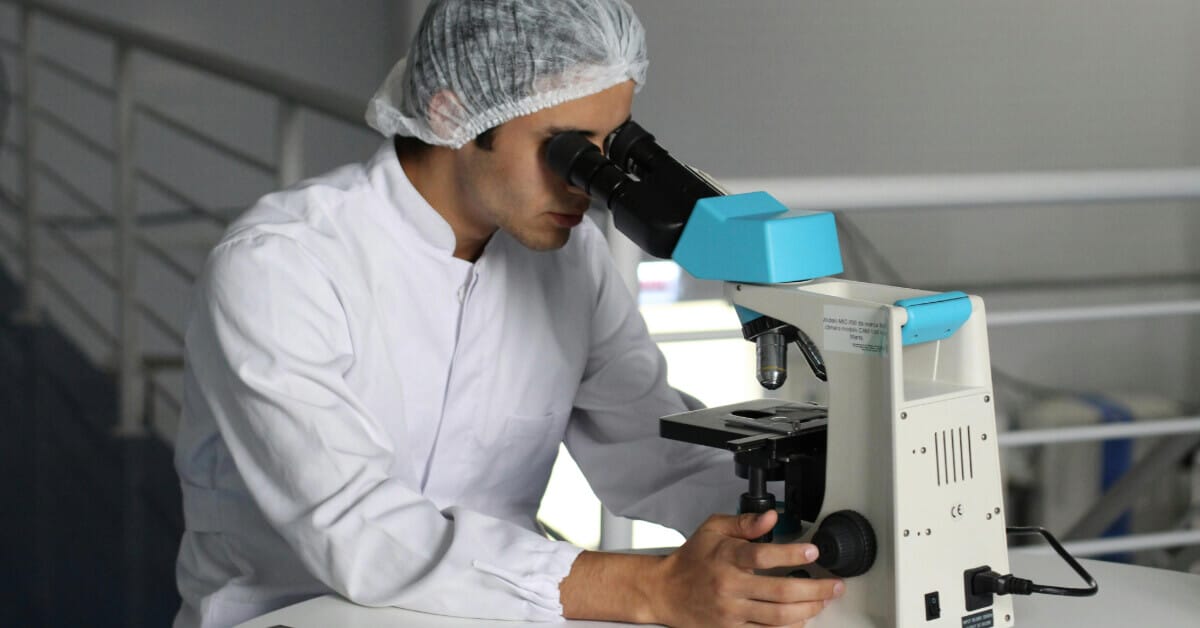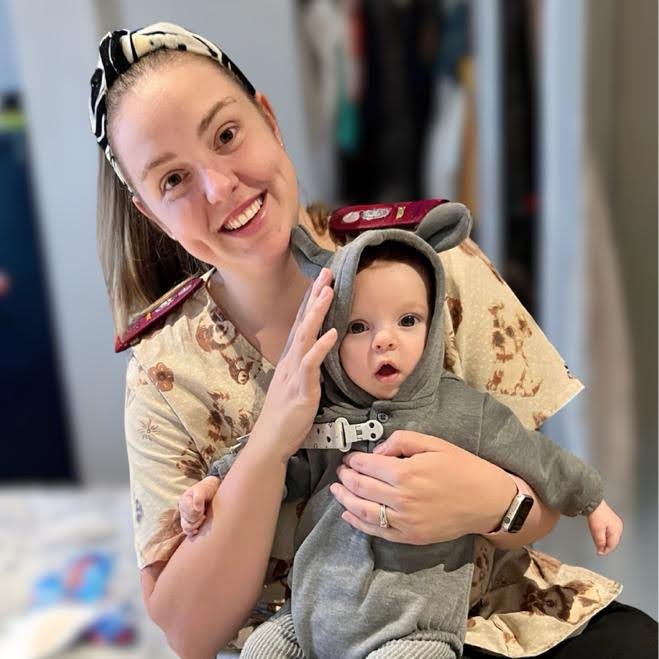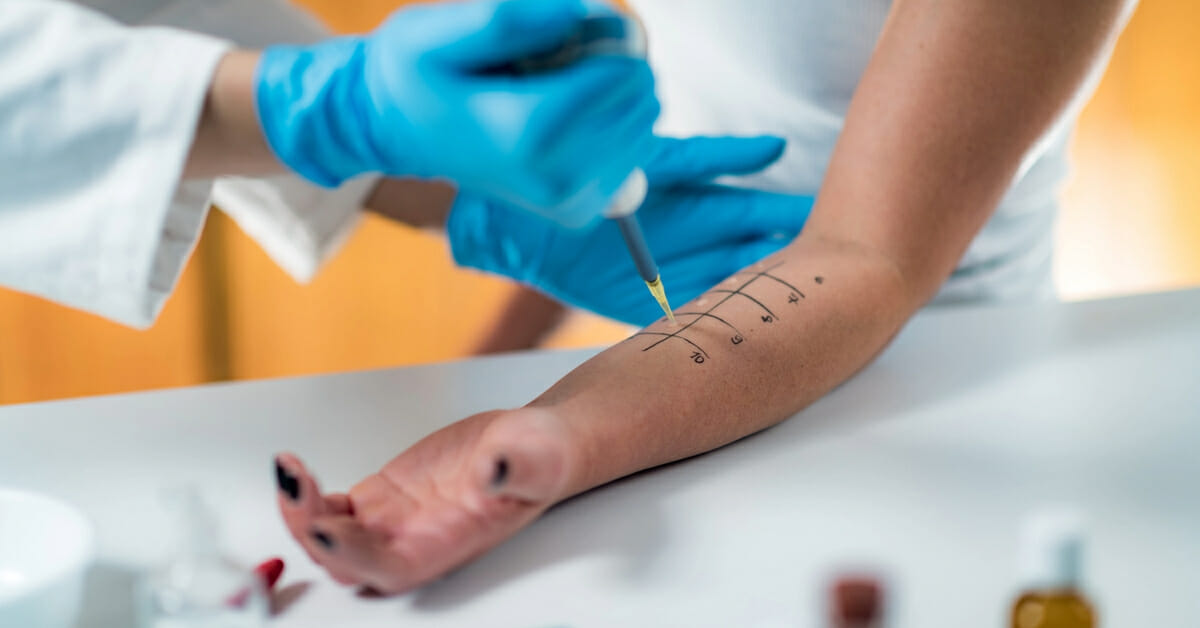Even though you will one day be a doctor, you’ve probably been a patient at some point in your life, too, and as a patient, you’ve probably never met a pathologist. You may not have met one, but one may have been very important in your treatment.
Pathologists aren’t the doctors you’ll see consulting patients or next to a hospital bed, although they are responsible for saving many patients’ lives. From every diagnosis to cancer treatment plan (and everything else in between), a pathologist is working behind the scenes. These doctors don’t have direct contact with patients, but are some of the most important multidisciplinary team members. They solve medical mysteries and give treating doctors direction for treatment plans. Yet, medical students often don’t consider pathology a career choice.
In this post, we’ll step into the shoes of a pathologist for a day and discuss what they actually do.
A Day in the Life of a Pathologist (Step Inside the Lab!)
Morning
First thing in the morning, a courier drops off a batch of biopsy specimens at the hospital’s pathology lab. One of them is an urgent breast tissue sample from a 42-year-old woman. With this delivery, the woman’s diagnostic journey is beginning.
Gross examination
When specimens arrive at the lab, the pathologist assistant examines them for size, shape, and appearance. The assistant documents visible features and prepares tissue sections for the pathologist to observe. Some specimens are embedded in wax, while others are sliced into thin layers, stained, and mounted onto slides. The preparation of the specimens depends on the specimen type and the required test.
Microscopic examination
By late morning, the pathologist is at the microscope.
The woman’s breast tissue biopsy has been prepared for evaluation. The pathologist scrolls through the slides, looking for normal and abnormal cellular patterns. They look for things like whether the ducts are normal, whether there is invasive carcinoma, and whether the margins are clear. The pathologist then uses any clinical history and other relevant imaging that the treating doctor provides to make a diagnosis.
The pathologist then integrates the evidence and finalizes the pathology report. The pathologist’s diagnosis will soon be sent to the surgeon’s inbox, which usually guides the next steps.
Afternoon
Board discussions
After lunch, the pathologist joins a multidisciplinary tumor board, consisting of oncologists, surgeons, radiologists, and pathologists who gather to review complex cancer cases. The pathologist presents their findings. These details help decide a patient’s course of treatment, like whether they will need chemotherapy, radiation, or further surgery.
Later, the pathologist consults with a colleague on a rare skin biopsy and finishes the remaining “case sign-outs.” This is a process where a pathologist double-checks reports before they’re released to doctors.
Occasional autopsies
In academic hospitals or teaching centers, pathologists may also perform autopsies. These are typically for complex or unexpected hospital deaths.
Evening
Education and research
As the lab quiets down, the pathologist works on education and research.
They prepare for a lecture tomorrow on leukemia morphology, review slides for residents, and catch up on recent developments in molecular diagnostics and the evolving role of AI in pathology. While AI-assisted tools are still emerging, the pathologist knows they’ll soon play a bigger role in digital slide analysis and triage.
This pathologist hasn’t met a single patient face-to-face today, but their work has touched over 30 lives.
Common Misconceptions About Pathology
Pathology is one of the most misunderstood fields in medicine. Maybe you picture dark rooms, autopsies, and minimal interaction with the clinical when you are thinking of pathology. However, what you may not realize is that pathology plays one of the most important roles in patient care.
Here are some of the biggest myths about pathology:
“Pathologists only do autopsies.”
This is one of the most widespread myths about pathology, and it couldn’t be further from the truth.
While autopsies form part of forensic and academic pathology, most pathologists diagnose diseases in living patients. Pathologists typically analyze biopsies, surgical specimens, blood smears, and lab tests. They are behind almost every diagnosis in modern medicine.
“It’s a boring, isolated job.”
Pathology is anything but boring and isolated. Every case is a mystery, and pathologists regularly work with surgeons, oncologists, radiologists, and other specialists.
It’s a specialty that combines deep thinking with important decision-making. If you love investigating, the field of pathology is one of the most rewarding careers in medicine.
“You don’t interact with patients.”
While it is true that pathologists usually don’t interact with patients face-to-face, that doesn’t mean they’re disconnected from patient care. A pathologist’s work is the starting point of nearly every diagnosis.
And while most pathologists do not interact directly with patients, some pathology subspecialties, like hematopathology and transfusion medicine, require the doctor to be more involved with the patient and clinical teams by attending clinical rounds and tumor boards. This is especially true for pathologists working in academic centers.
Why Pathology Might Be the Perfect Specialty for You
If you love solving spotting patterns and making decisions that will change the course of a patient’s treatment, pathology might be for you.
Here are some character traits that could mean you should consider a career in pathology:
You are an excellent problem-solver
Every specimen is a mystery, and you must solve it. The treating doctor will provide the clues (specimens), and you must find the diagnosis.
You prefer lab-based work over direct patient interaction
If you don’t want to spend your day doing ward rounds or clinic visits and enjoy working behind the scenes, you’ll find pathology incredibly rewarding.
You want a good work-life balance
Pathology offers more predictable hours and less burnout. It can be a great fit for those who value having a life outside the hospital.
How Does Pathology Compare to Other Specialties?
Choosing a specialty is about what you enjoy and where you work well. If you’re on the fence, it can help to compare other fields in terms of daily work and decision-making.
Here’s how pathology compares to some other medical specialties:
Radiology vs. Pathology
Both are diagnostic specialties, but radiologists work with imaging, while pathologists work with tissues, cells, and lab data. Radiology offers more patient interaction, while pathology is more lab-focused.
Internal Medicine vs. Pathology
Internists treat diseases directly and manage patient care and treatment. Pathologists don’t treat, but help decide the treatment by identifying what’s wrong. Pathology is more specialized and less patient-facing.
Surgery vs. Pathology
Surgeons remove the tumor. Pathologists tell them if they got it all. Surgery is fast-paced and procedural, whereas pathology is precise and often better suited to those who prefer detailed analysis over patient care.
Career Path & Future of Pathology
So, what does it take to become a pathologist, and where can this specialty take you?
Pathology offers a wide range of subspecialties and opportunities. And with advances like AI and digital diagnostics starting to be integrated into the medical field, pathology is rapidly changing.
Training & residency
To become a doctor in the U.S., you’ll need to complete an undergraduate education, pass the Medical College Admission Test (MCAT), attend medical school, pass the U.S. Medical Licensing Examination (USMLE), and complete a residency program in pathology.
Undergraduate degree (4 years)
You’ll need a bachelor’s degree with pre-medical courses like biology, chemistry, and physics. Most students major in biological sciences, although this isn’t required.
Medical school (4 years)
After completing your bachelor’s degree, you’ll need to do an MD or DO degree at an accredited medical school. During your clinical years, you’ll likely get minimal direct exposure to pathology, so if you’re interested in pathology, you’ll need to be proactive (for example, doing pathology electives or shadowing).
Pathology residency (3–4 years)
To become a pathologist, you’ll apply for a residency in pathology after medical school. This is done through the National Resident Matching Program (NRMP).
There are two main pathology training directions in the U.S.:
- Anatomic Pathology and Clinical Pathology (AP/CP) Combined (4 years)
This is the most common and versatile training path. You’ll learn everything from grossing surgical specimens and reading slides to interpreting blood work, managing clinical labs, and more.
- Anatomic Pathology (AP) only or Clinical Pathology (CP) only (3 years)
This type of training is less common and more specialized. AP-only residents may go into forensic pathology or surgical pathology. CP-only training is usually for doctors who want to go into fields like transfusion medicine or lab leadership.
After residency, you must pass the American Board of Pathology (ABPath) board exams in your chosen track(s).
Fellowship training (optional, 1–2 years)
Fellowship training is not required, but most pathologists complete one or more fellowships to subspecialize.
Common fellowships include:
- Surgical Pathology
- Cytopathology
- Hematopathology
- Forensic Pathology
- Molecular Genetic Pathology
- Dermatopathology
- Transfusion Medicine
- Neuropathology
The rise of AI in pathology
Artificial intelligence is slowly making its way into all medical fields, and pathology is no exception. As the use of digital slides becomes more common, AI tools are beginning to assist with everything from cancer detection to lab workflow optimization. This being said, AI isn’t replacing pathologists. It’s helping them.
How AI is used in pathology today
- Image analysis: AI can scan digital pathology slides for suspicious areas and flag possible malignancies or grade tumors.
- Quantification tasks: Algorithms can count mitotic figures, measure tumor margins, or assess biomarker expression.
- Triage and prioritization: AI helps triage high-priority cases such as potential cancer to the top of the review queue which means diagnosis and treeatment can be started sooner.
Still in development
AI tools are being tested in:
- Prostate, breast, and skin cancer detection
- Predicting genetic mutations from H&E slides
- Integrating pathology with radiology and genomics
Although most AI tools in pathology are still under regulatory review or used in research settings, the FDA has begun approving select digital pathology platforms. AI use is also expanding in academic centers and large hospital systems.
Conclusion: Ready to Explore Pathology?
Pathology isn’t often the most popular speciality choice, although it is one of the most important. Behind every cancer diagnosis and lab test result, there’s a pathologist working to help a patient.
If you’re someone who enjoys problem-solving, pathology can be a rewarding career choice.
Explore pathology in-depth with our expert-led Pathology Course. This course will help you understand the core principles of pathology and improve your diagnostic skills.
Understand how top pathologists diagnose diseases through our guided lessons. These lessons offer clinical cases, visuals, and step-by-step breakdowns.




